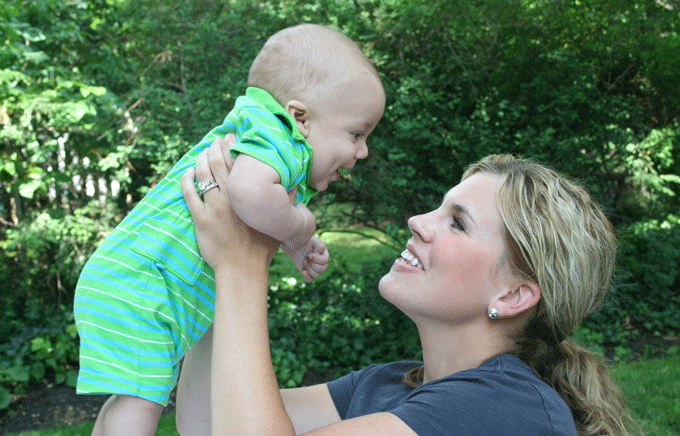Steps to Help an Adoptive Child Develop Healthy Attachments
While adoption has a positive effect on children, the child doesn’t know this when he or she leaves the institution.
The child only knows that they are leaving behind everyone and everything they have ever known. It is typical then, for the child to react with unexplained crankiness, clinginess, or crying. The child might also regress in his skills or behavior.
The following are ways to help the child learn to trust you:
- Meet your child’s emotional state, and attune yourself to that.
- Mirror your child’s expressions, vocalizations, level of excitement.
- Comfort your child over the grief he/she is feeling by leaving him/her old life behind.
- Look for opportunities to hold, snuggle, nurture, and soothe your child.
Making sure your child’s basic needs are meet satisfying his or her eating and sleeping needs, providing loving physical touch are very important first steps to develop an attachment.
In addition, games such as peek-a-boo or interactive toys you’ve brought from home are a playful way to promote much needed eye contact and pleasant interactions without promoting anxiety. Remember, its impossible to spoil your child by giving too much attention or holding him/her too much!
Tips for When You Arrive Home
In order to help your child develop a special relationship with you, its important that you spend a lot of time at home together during the first few months. Take as much time off from work as possible.
While you might be tempted to take your child out to visit relatives or plan lots of fun activities, don’t. Its best that you and your child can have quiet time at home. Warn friends and relatives who want to visit that they can only stay for a short period of time and the visit will need to be respectful of your child’s needs. Remember that your child is really a newborn psychologically, in an older persons body.
Limit the number of people who hold, feed and snuggle with your child. If friends and relatives ask what they can do to help, suggest household chores, shopping, cooking, etc.– so that you can spend more time with your child.
Don’t be alarmed by the amount of food your child wants to consume. Make sure you have plenty of formula for infants and toddlers and plenty of small, safe, and not-too-messy snacks for older babies and up (Cheerios, cereal bars, etc.).
Preparing for Your Return to Work
If you will be having your child attend a daycare center or be watched by a sitter while you work, make sure you find a caregiver who will be sensitive to your child’s attachment needs.
Adapted from the International Adoption Health Services of Western Pennsylvania, Pediatric Alliance, PC

